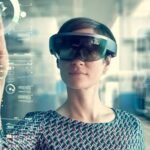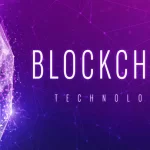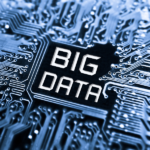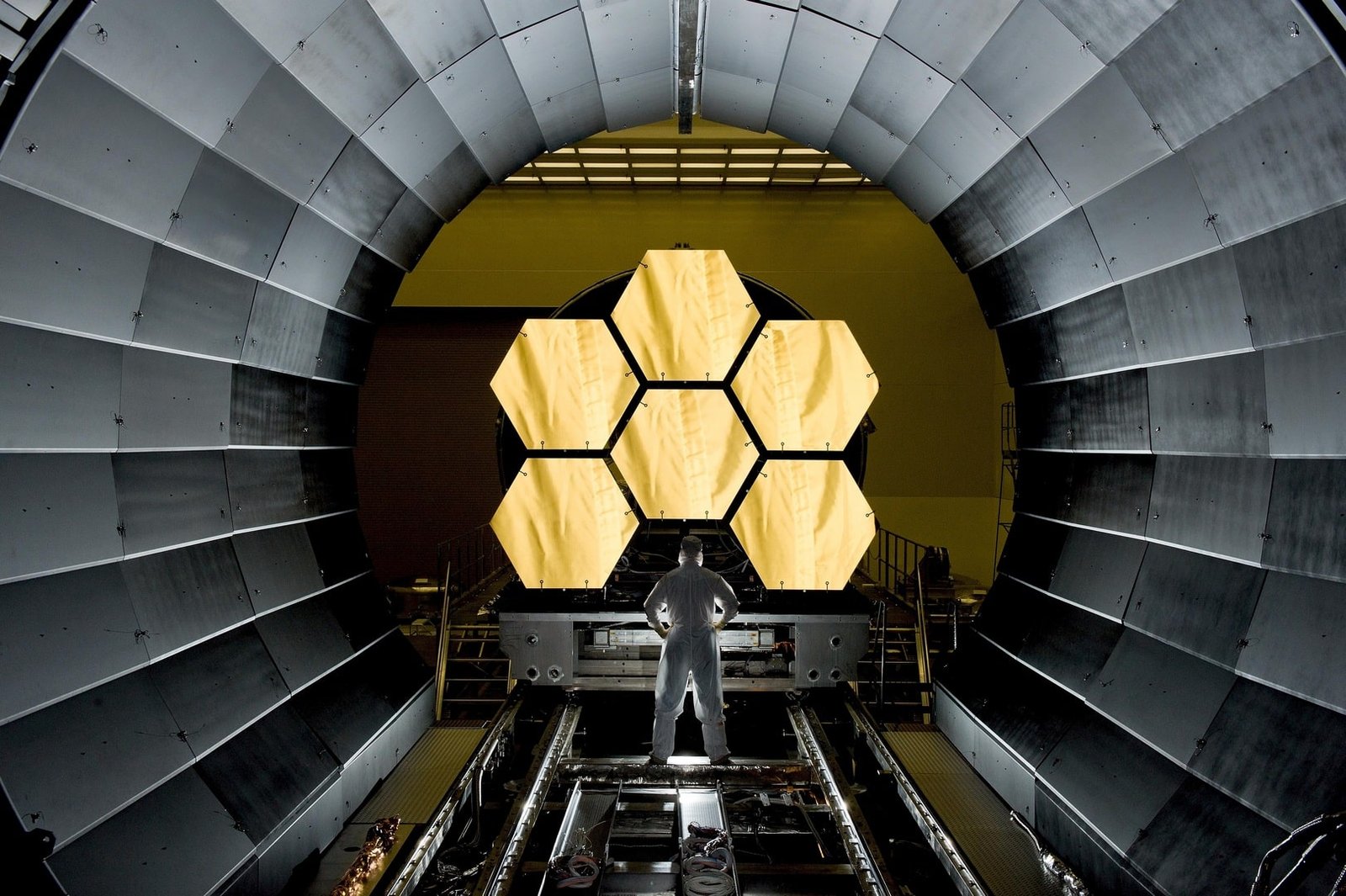The Intersection of Marketing and Technology: Exploring the Future of Digital Strategies
In today’s digital age, the convergence of marketing and technology has transformed the way businesses engage with customers and promote their products or services. As technology continues to advance at a rapid pace, marketers must adapt and embrace innovative digital strategies to stay ahead of the curve. In this blog post, we will delve into the intersection of marketing and technology, and explore the exciting possibilities and future trends that will shape the landscape of digital marketing strategies.
- Personalization and Customer-Centric Approaches: Advancements in technology have given rise to personalized marketing strategies that focus on delivering tailored experiences to individual customers. The future of digital marketing lies in leveraging data analytics, artificial intelligence (AI), and machine learning (ML) algorithms to understand customer preferences, behavior, and needs. Marketers can use this knowledge to create highly personalized campaigns, targeted content, and one-to-one interactions, fostering stronger relationships and driving customer loyalty.
- Artificial Intelligence and Automation: AI-powered technologies are revolutionizing digital marketing by automating repetitive tasks, enhancing efficiency, and enabling marketers to focus on more strategic initiatives. Chatbots, for example, can provide instant customer support, while predictive analytics can help marketers optimize their campaigns and make data-driven decisions. As AI continues to advance, marketers can expect even more sophisticated automation tools to streamline processes and deliver seamless customer experiences.
- Voice Search and Conversational Marketing: The rising popularity of voice assistants and smart speakers has given rise to voice search and conversational marketing. Marketers need to optimize their content for voice queries, understand natural language processing, and adapt their strategies to reach customers through voice-enabled devices. Voice search and conversational interfaces provide a unique opportunity to engage with customers in a more interactive and personalized manner.
- Augmented Reality (AR) and Virtual Reality (VR): AR and VR technologies are transforming the way customers experience products and services. Marketers can leverage these immersive technologies to create virtual showrooms, interactive product demonstrations, and engaging brand experiences. AR and VR enable businesses to tell compelling stories, enhance customer engagement, and provide a memorable and interactive brand experience.
- Data Privacy and Ethical Marketing: As technology advances, data privacy and ethical marketing practices are gaining increasing importance. Marketers must prioritize data protection, transparency, and consent-based marketing approaches. Striking the right balance between personalization and privacy is crucial to maintain trust with customers and comply with evolving data protection regulations.
- Integrated Marketing Technology Stacks: To effectively navigate the intersection of marketing and technology, businesses need to adopt integrated marketing technology stacks. These stacks combine various software tools, platforms, and data sources into a cohesive ecosystem, enabling seamless data flow, campaign management, and analytics. Integrated marketing technology stacks empower marketers to have a unified view of customer interactions and deliver consistent messaging across multiple channels.
The future of digital marketing is intertwined with technology advancements, presenting both opportunities and challenges for businesses. By embracing personalization, AI and automation, voice search, AR and VR, ethical marketing practices, and integrated marketing technology stacks, businesses can stay ahead of the curve and create impactful digital strategies. The intersection of marketing and technology holds immense potential for businesses to connect with customers in innovative ways and shape the future of the digital marketing landscape.




























